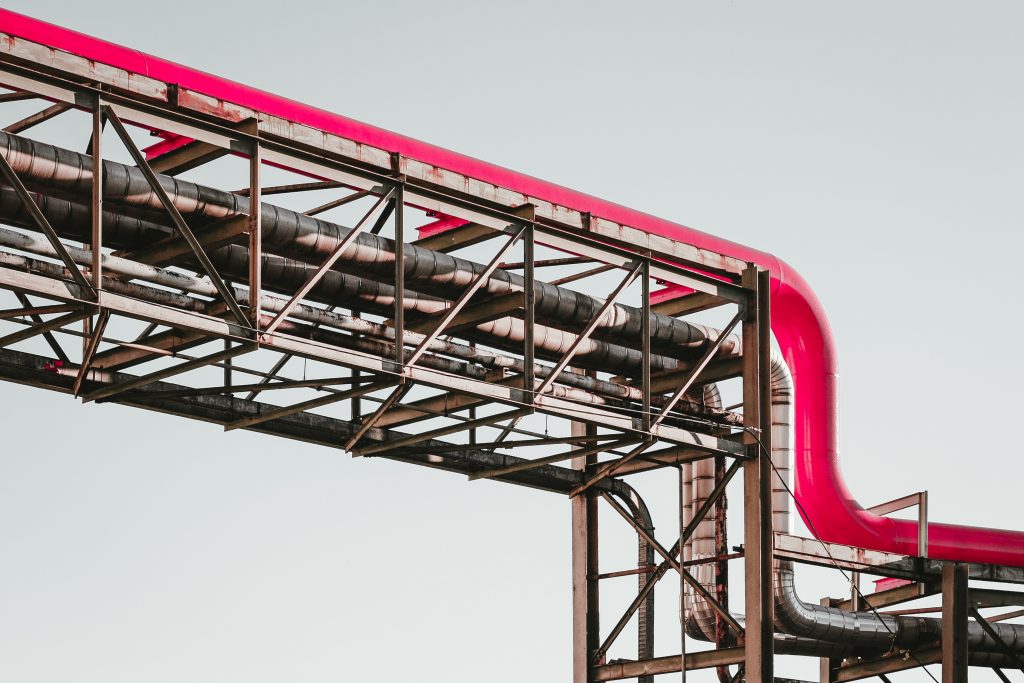
Vertical inline pumps are superior to horizontal inline pumps due to their tolerance to bearing high–temperature and high–pressure and being more effective. Just like that, they possess some advantages as well as disadvantages. In this article, we will discuss some of the pros and cons of a vertical inline pump that you should know if you are considering installing a vertical inline pump for your application.
Advantages of Vertical Inline Pumps
Elimination of Coupling, Bearing, and Need for Shaft Alignment
Vertical inline pumps do not have a coupling to align, as in close-coupled end suction pumps. The impeller is keyed directly to the motor shaft, eliminating coupling, additional bearing assembly, and the demand for professional shaft alignment.
Less Noise Pollution
Nowadays, companies try their best to avoid noise pollution. In vertical inline pumps, there is less noise and vibration than in any other pumps. This is because, due to the structure of inline pumps, the vertical shaft configuration is naturally balanced, and gravity does not pull with or against the direction of its rotation. As a result, if there is any imbalance, it will remain much less pronounced than in other suction pumps.
Space Friendly
With an inline setting in vertical inline pumps, the pumps are generally smaller in size, require less floor space, and are easy to install.
Save Your Initial Cost
Usually, inline pumps do the same job as base-mounted end suction pumps but at a comparatively lower cost. They produce the same gallon per minute and give the same head performance as other pumps. There is no need for an alignment or base to grout or the need for a suction diffuser or straight pipe; most importantly, as discussed above, they require less floor space. Keeping all these points in mind, they require an overall less installation cost.
Disadvantages of a Vertical Inline Pump
Mechanical Seal Failure
Vertical inline pumps are ideal for fluids that have less amount of particles in them. Sometimes when a liquid with a high concentration of dissolved gases is introduced in these pumps, it might be challenging to handle it. This leads to mechanical seal failure. The pump’s performance is sensitive or inversely proportional to the viscosity of a liquid.
Requirement of Pit and Bucket
Most vertical inline pumps require a pit and a bucket to process, which makes them costly to construct, especially in the case of multi-stage pumps. They also need a large headroom due to their vertical position.
Operational Challenges
Sometimes operational challenges can occur at high suction pressure due to the difficulty of balancing axial thrust with shaft designs overhanging in these pumps.
With the advantages and disadvantages of a vertical inline pump listed, it is essential to weigh the various factors and decide which are the crucial factors for your business before investing in the pump of your choice.
